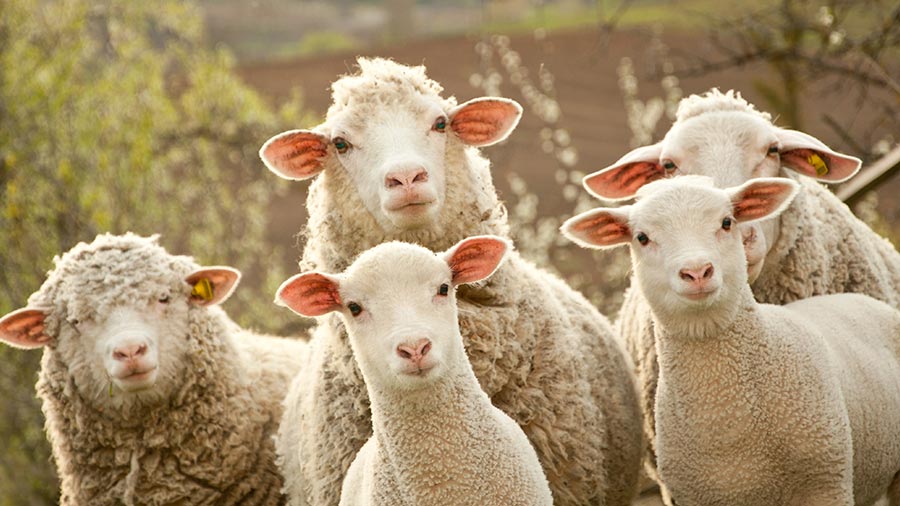China’s Import and Export Licensing Framework
By Yao Lu, Eunice Ku and Shirley Zhang
Mar. 19 – As China continues to grow and expand, this development is creating increased efficiencies and improved infrastructure benefiting the supply side, as well as higher wealth and disposable income levels for individuals across the country, representing a potential boon for those targeting the demand side. This is translating into exciting opportunities for international business both selling to, and sourcing from, the Chinese market.
In 2012, China’s foreign trade totaled US$3.87 trillion, among which exports reached US$2.05 trillion and imports amounted to US$1.82 trillion; surpassing the United States as the world’s largest trading nation. The China-U.S. trade surplus stood at US$219 billion, while China’s surplus with the EU stood at US$122 billion.
However, to maintain long-term sustainable development, China is actively trying to shift away from an export-led economy towards a growth model driven by domestic demand and consumption. Currently, private consumption in China only accounts for 35 percent of the country’s overall GDP, the lowest among major Asian economies. To help remedy this and spur on domestic spending, the country aims to double the 2010 per capita incomes of its urban and rural residents by 2020. This goal, if realized, will release RMB64 trillion (US$10 trillion) of purchasing capacity into the China market. At the same time, this development will create immense opportunities for foreign investors looking to sell to the Chinese market.
For those who wish to trade with China, an understanding of the country’s import and export regulatory framework is crucial. We introduce this framework below. Note that entities and individuals intending to engage in the import and export of goods in China must first register with the Ministry of Commerce (MOFCOM).
Goods Import System
China classifies its imports into three categories:
- Permitted
- Restricted
- Prohibited
Permitted Goods
Most imported goods fall under the permitted category, and MOFCOM has implemented an automatic licensing system to monitor the importation of such goods. MOFCOM and the General Administration of Customs (GAC) jointly issue a catalog of goods subject to automatic licensing annually. An automatic license needs to be applied for, and the goods import contract is one of the required application documents.
Certain goods subject to automatic import licensing are exempt from licenses (e.g. goods imported for processing trade and re-export; and goods imported by an FIE for its own production use within its total investment amount). Note, though, that if goods imported for processing trade are not re-exported, a license must be applied for retrospectively.
Each automatic import license is valid for six calendar months and, in principle, each license should only be used for one batch of goods. However, multiple licenses can be obtained under one import contract and, for certain goods, one license can be used for as many as six batches.
Restricted Goods
Restricted goods are monitored via quotas or licenses. The reasons for restricting these products include maintaining state security or public welfare, and protecting exhaustible natural resources.
Import Goods Requiring Licenses
The MOFCOM, GAC and GAQSIQ jointly issue a catalog of import goods requiring licenses on an annual basis. For 2013, imported goods requiring licenses fall under two categories:
- Used mechanical and electronic products
- Substances that deplete the ozone layer
An import license is generally valid for one year.
Import Goods Under Tariff Rate Quota
Wheat, corn, rice, sugar, cotton, wool and wool tops fall under tariff rate quota (TRQ) administration. Under TRQ administration, goods imported within the quota are subject to a lower tariff rate, and goods imported beyond the quota are subject to higher tariff rates.
Companies seeking to import at the lower TRQ tariff rate must apply to MOFCOM for quota allocation between October 15 and October 30 each year.
Prohibited Goods
Goods such as certain wastes and toxins are banned from import into China. The Ministry of Foreign Trade and Economic Cooperation (MOFTEC, the predecessor of MOFCOM) and the GAC have jointly issued with other state organs – e.g. the General Administration of Quality Supervision, Inspection and Quarantine (GAQSIQ) – several catalogs of goods that are prohibited from import into China.
Goods Export System
For goods subject to export restrictions, China implements an export licensing administration system. There are three types of export licensing in China:
- Export quota license (e.g. wheat, corn, cotton, crude oil)
- Export quota tender (e.g. magnesia)
- Export license (e.g. beef, pork, chicken)
MOFCOM and GAC jointly release a catalog of export goods requiring licenses on an annual basis. For 2013, there are 48 categories of goods subject to export licensing administration.
In general, each export license can only be used for one batch of goods. However, the license can be used for multiple batches (no more than 12) under certain circumstances, including for goods of FIEs that are subject to export license administration.
The longest valid period of an export license is six months and must be used within the current year of the issuance date. If an export license is not used during the valid period, the operator can apply for an extension during the valid period of the export license and a new export license will be issued.
Import Inspection/Certification
The Chinese government places complex inspection and certification requirements on the import of goods. Certain goods need to be inspected upon arrival or be accompanied by formal certification recognized by the Chinese government.
The GAQSIQ is the administrative department directly under the State Council which is in charge of quality supervision, inspection, animal and plant quarantine, and food safety for all goods transported across the Chinese border. It also supervises the Certification and Accreditation Administration (CAA) and Standardization Administration (SA) of China.
The China Compulsory Certificate (CCC) is a certificate or mark required by the Chinese government for many goods (including imported goods) sold on the domestic market since May 2002. The product catalog subject to CCC requirement is approved and released jointly by the AQSIQ and the CAA. If goods listed in the CCC catalog fail to obtain the CCC mark, they cannot be imported, sold, or used at any business or service sites in China.
 Portions of this article came from the March 2013 issue of China Briefing Magazine titled, “Trading with China.” This issue of China Briefing Magazine focuses on the minutiae of trading with China – regardless of whether your business has a presence in the country or not. Of special interest to the global small and medium-sized enterprises, this issue explains in detail the myriad regulations concerning trading with the most populous nation on Earth – plus the inevitable tax, customs and administrative matters that go with this.
Portions of this article came from the March 2013 issue of China Briefing Magazine titled, “Trading with China.” This issue of China Briefing Magazine focuses on the minutiae of trading with China – regardless of whether your business has a presence in the country or not. Of special interest to the global small and medium-sized enterprises, this issue explains in detail the myriad regulations concerning trading with the most populous nation on Earth – plus the inevitable tax, customs and administrative matters that go with this.
Dezan Shira & Associates is a specialist foreign direct investment practice, providing corporate establishment, business advisory, tax advisory and compliance, accounting, payroll, due diligence and financial review services to multinationals investing in emerging Asia. Since its establishment in 1992, the firm has grown into one of Asia’s most versatile full-service consultancies with operational offices across China, Hong Kong, India, Singapore and Vietnam as well as liaison offices in Italy and the United States.
For further details or to contact the firm, please email china@dezshira.com, visit www.dezshira.com, or download the company brochure.
You can stay up to date with the latest business and investment trends across Asia by subscribing to Asia Briefing’s complimentary update service featuring news, commentary, guides, and multimedia resources.
Related Reading
 Hong Kong and Singapore Holding Companies
Hong Kong and Singapore Holding Companies
In this issue of China Briefing Magazine, we take a closer look at the benefits of both Hong Kong and Singapore holding companies, how to establish and maintain a company in each of these jurisdictions, and the relevant double tax agreements.
 Expanding Your China Business to India and Vietnam
Expanding Your China Business to India and Vietnam
The March/April issue of Asia Briefing Magazine discusses why China is no longer the only solution for export driven businesses, and how the evolution of trade in Asia is determining that locations such as Vietnam and India represent competitive alternatives. With that in mind, we examine the common purposes as well as the pros and cons of the various market entry vehicles available for foreign investors interested in Vietnam and India.
 Are You Ready for ASEAN 2015?
Are You Ready for ASEAN 2015?
In our first ever issue of Asia Briefing Magazine, we focus on the new dawn that ASEAN free trade brings to the entire region, as well as the dramatic added impact of pan-Asian free trade agreements such as the Regional Comprehensive Economic Partnership.
Import-Export Taxes and Duties in China
China Becomes World’s Largest Trading Nation, Passes United States
How to Sell to China – The Initial Evaluation Process
- Previous Article The Key NPC Takeaway: Developing China’s Domestic Consumption Vital for Growth
- Next Article Jiangsu Province Establishes Bonded Zone in Nantong


























